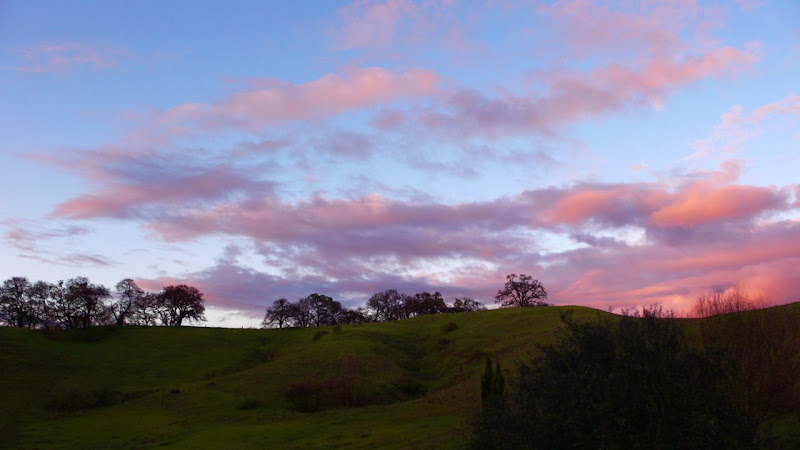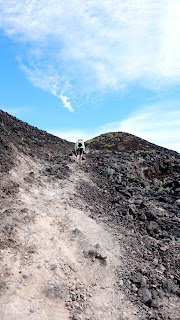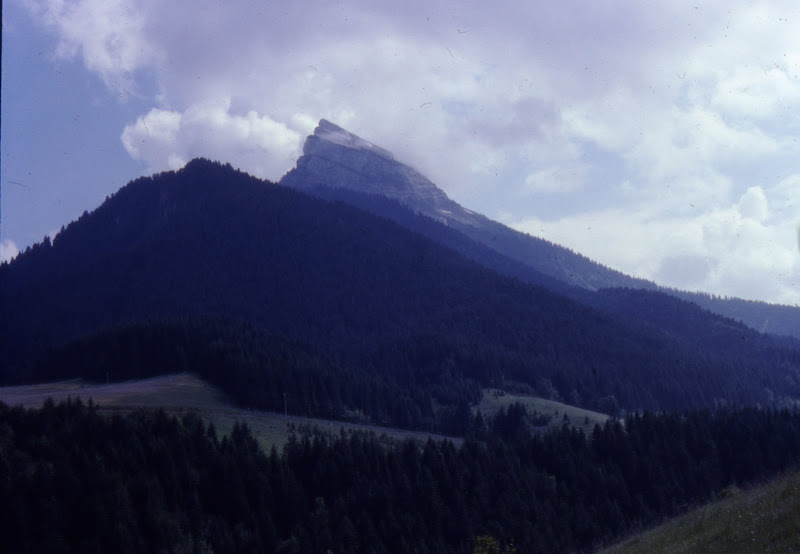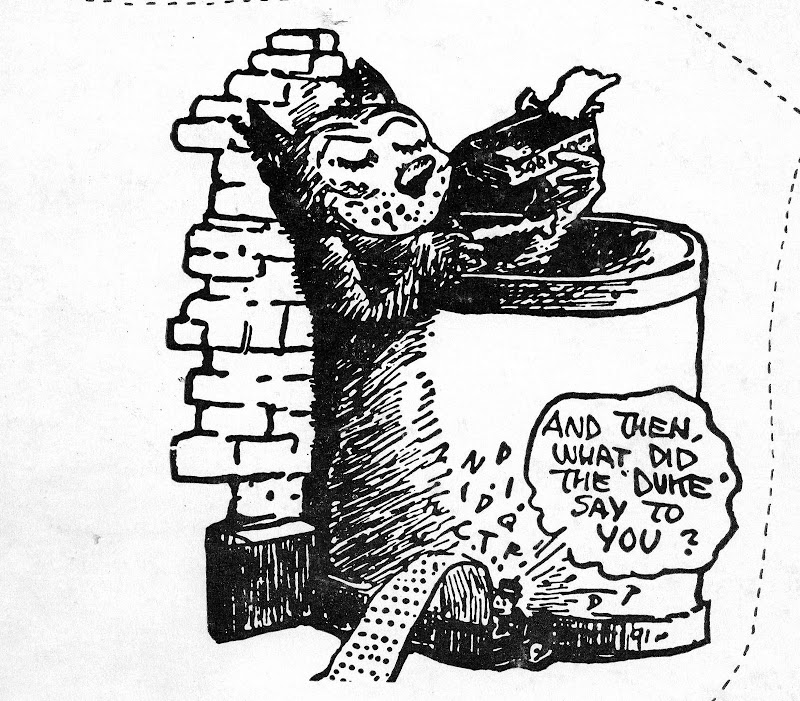…s'il est de certaines paroles qui ne sont que les feuilles d'un arbre, il est de certains silences qui sont ceux de toute une foret.Jean Biès: René DaumalIt is sad to hear of the death of Gerhard Samuel, of a heart attack, at the age of 83, in Seattle, where he had lived in retirement since 1997.
Gary, as we all always called him, was a mentor to me at first, a casual teacher, my first conductor, and an acquaintance; not only one of the leaves on the tree that led me to my maturity, but one of its most powerful branches; and now I hear in this new silence of his so many notes, so many tones of the music he led me to hear and, ultimately, to find.
I suppose I met him in 1963, the year I studied music, freed from the necessity to hold down a full-time job by the generosity of a patron (Edith Fitzell, a wonderful woman to whom I owe nearly everything of my life). As I wrote in my memoir, Getting There:
One of my first visits to the Berkeley radio station KPFA came in the summer of 1964, when I was asked to join a live-broadcast conversation with Gary in an interview conducted by the then-music director Will Ogdon. The subject was the Cabrillo Festival, which Gary had invited me to attend, finding me housing for one weekend. I was in on the conversation to provide a sort of review of the concerts, and I did that by listing Cabrillo's superiority, in terms of repertoire and performance, over the three-day Ojai Festival I'd heard a month or two earlier.
Let it be music, then: and I began studies, private lessons with Gerhard Samuel, who then conducted the Oakland Symphony. The first lesson was discouraging for both of us, I’m sure. He went to the piano and played four notes, one after another, and asked me to identify them. I couldn’t. They were G, D, A, and E; the open strings of a violin. Well, no matter, let’s work on them, he said, and before long they were burned into my mind, and we went on to more interesting things. I think he must have known I was not a performer, that I lacked every performing instinct. I would not practice; I didn’t play piano; I hadn’t touched a violin since I was seven years old. But clearly I did have some musical qualities; while he never praised them to me, I heard from others that he’d recommended me to them.
My “studies” with him involved attending all the rehearsals of the Oakland Symphony, listening for balances in every part of the hall, getting to know the music being prepared — not only from the score, which provided the notes and the form, but from the rehearsals, which revealed the importance of situational negotiations on such things as tempo and volume, the prominence of this group of instruments or that, the psychology of communication as conductor, section leader, or instrumentalist — not to mention the composer! — adjusted their various individual takes on the music to the evolving group process by which it came to life, finally, before an audience of two thousand people.
…
The early lessons with Gary were in his home in the Oakland hills, a tastefully furnished “ranch house” he’d named Villa Orpheus. The orchestral rehearsals were in the old Auditorium Theater, a fine small cube of a hall providing wonderful acoustics to an audience of two thousand. The first time I attended a rehearsal I think Gary introduced me to the orchestra, simply by way of explaining a stranger in their midst with no instrument in his hands. I was asked to turn pages for one of the bassoonists, who for some reason was playing not from his own part but from an orchestral score. (I later learned he was preparing to audition for Gary’s assistant conductor.) Awkwardly approaching an empty chair next to him I stepped on his wallet of spare reeds, lying open on the floor in front of him. I’m sure I smashed two or three. He was quite graceful about it, and later Robert Hughes proved to be an enthusiastic supporter of my music, commissioning in fact two of my best pieces — perhaps more because of his generalized enthusiasm for all things new than for the intrinsic appeal of my own music.
Gary invited me to attend the festival he had co-founded with Hughes and the composer Lou Harrison that year in Aptos, a hundred miles to the south, but I declined to go, thinking it too generous an offer. Gary was enthusiastic about and sympathetic to new regional music, and had asked to see the music I’d written by then. He seemed to like the songs — especially a fairly long one, setting Dylan Thomas’s “In my craft and silent art” for voice, recorder, and piano…
Comparisons are odious, Gary immediately said, deflecting all talk away from Ojai, and I learned two lessons at once: First, you do not commend one thing by demoting, irrelevantly, another. (I tried to remember that all the years afterward that I found myself working as a critic.) Second, you can draw attention where you want, and away from where you want, by taking a high moral position.
In 1965 Gary premiered my Small Concerto for Piano and Orchestra at the Cabrillo Festival, with the late Nathan Schwartz as the soloist. He'd had the score for some time, and had clearly studied it. He asked me to join him one morning at breakfast and asked me a few questions about it: what I thought of it, what music I liked, what the tempi and textures should be, that sort of thing. The concerto is in three movements, but is small in scale. I'd originally called it Concerto for piano and small orchestra, but he pointed out that I'd called for two Wagner tubas, a harmonium in the wings, English horn (muted!), and so on: the orchestra wasn't really small, but the concerto itself was. So we re-titled the piece.
It ran a little over six minutes, and when the tepid applause had died down he turned to the audience. "Since familiar patterns seem to be more enjoyable than unfamiliar ones and we would like to have this piece something you would look forward to hearing again we're going to play it once more." And they did, and I was grateful. (The piece has yet to receive another performance.)
A couple of years later Paul Hertelendy asked me to take over for him for six months as music critic of the Oakland Tribune, and I asked Gary what he thought of the idea. Don’t do it, Gary said; you’ll be forever marginalized, your music won’t be played, you’ll be seen as a part of the enemy camp. I was surprised at his vehemence and took his comment as strictly a personal expression and decided to give it a try, but in large measure he was right, I think. And he never performed my music again, though we stayed in touch.
The last time I had anything to do with him professionally was when the San Francisco Symphony inaugurated its "New and Unusual Music" series, in 1980, I think. Gary was invited to conduct one of the concerts, highlighted by Roman Haubenstock-Ramati's Credentials, or Think, Think, Lucky, a piece I greatly admired and had studied fairly closely. Composed twenty years earlier and set out in "graphic notation," the piece failed to persuade the musicians, and Gary had a rough time of it in rehearsals; after the performance itself, two or three of the musicians made rude sounds to express their contempt for the piece, or perhaps for the conductor. This produced a certain scandal, particularly when it turned out only one of the critics present realized (and reported) what was going on. Gary was, I thought, philosophical about the whole thing.
Gary's career with the Oakland Symphony ran for twelve seasons, from 1959 to 1971. In that time he continued the orchestra's historic commitment to contemporary music with performances of truly avant-garde work as well as the merely new: he led west coast orchestral premieres of the Ives Fourth Symphony, Terry Riley's In C, Karlheinz Stockhausen's Gruppen, and music by Henry Brant and Witold Lutosławski. He led the San Francisco Ballet Orchestra from 1961 to 1971; he convened a few seasons of Oakland Symphony Chamber Orchestra concerts in which he continued to feature new scores; he even led a few operas in the old Oakland Auditorium Theater for school presentations: I remember a fine production of Rossini's La Scala di seta.
He was instrumental in the creation of the Oakland Symphony Youth Orchestra, which he handed to his assistant conductor, Robert Hughes; they continued the commitment to new music, culminating in an eloquent recording of Lou Harrison's Second (Elegiac) Symphony. And, most important perhaps, Gary was the founding conductor of the Cabrillo Music Festival, which he led for six seasons, firmly establishing yet another commitment to the performance of new music in presentations that did much to persuade audiences, if not always critics or boards of directors, of the perfectly normal place for such sound in the musical culture of their surroundings.
His programming was thoughtful and intelligent. I remember, for example, one subscription concert that went from Mozart's Masonic Funeral Music to Wagner's Siegfried's Rhine-Journey to Krzysztof Penderecki's Threnody for the Victims of Hiroshima. And his response to unfolding events was always humane and sympathetic: when JFK was assassinated he asked Darius Milhaud, then on faculty at Mills College, to commemorate the event, and within a few days was able to perform The Murder of a Great Chief of State, a piece which though neglected since quite measured up, I think, to the occasion.
In all this time he continued to compose. The first piece I recall hearing was an expressive 12-tone piece setting poems of Emily Dickinson; later scores turned away from serialism toward the neo-Impressionist collage-pieces that set in during the 1970s. I recall a concert he led as a guest conductor, after he'd left Oakland, when he joined a new piece of his, Looking at Orpheus Looking, to a performance of the Mozart Requiem: the entire concert was thrown thereby into the mode of retrospection — not nostalgia, but a reflective kind of perspective leaving Mozart (and Orpheus) in their own places, but linking those places the more organically to our own.
There are a few obituaries online, from San Francisco and Cincinnati and Seattle to begin with, all places where his presence made a difference to the musical and greater cultural scene. Some of them refer to difficulties his new-music loyalties presented with conservative boards: I myself feel strongly that his lifestyle, gay and liberal, was even more of a problem in the Oakland of 1970: it was notable that a requirement for his successor on the podium would be that he be a married man. Gary was truly a man of many parts, charming and irascible and impatient and generous; and above all a man of his time, of the postwar period reaching its peak in the glorious open-minded 1960s. It is sad to note his passing.





 Chamechaud, seen from the north, 1976
Chamechaud, seen from the north, 1976
